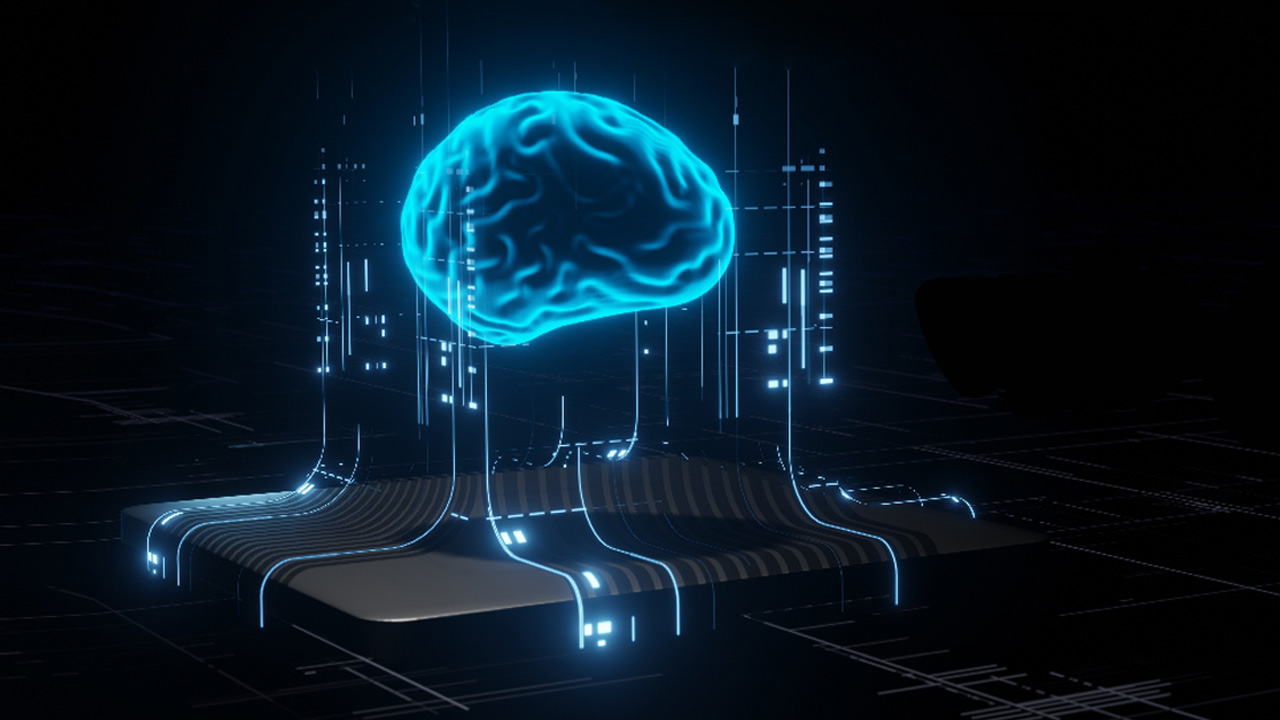Stages Where Bias Can Occur
It is important to recognize that bias can occur in various stages of the AI pipeline.
One of the primary sources of such bias is data collection. The resulting outputs
may be biased if the data used to train an AI algorithm is not diverse or representative.
- Data Collection: Bias often originates here. If the data used to train an AI algorithm is not diverse or representative, the resulting outputs will reflect these biases. For example, training an AI on historical hiring data from a company that favored male applicants may lead to biased hiring recommendations.
- Data Labeling: The process of labeling training data can introduce bias, as human annotators may have different interpretations of the same data. Subjective labels, such as sentiment analysis categories or facial expressions, can be influenced by cultural or personal biases.
- Model Training: If the training data is imbalanced or the model architecture is not designed to account for diverse inputs, the model may produce biased outputs. Algorithmic biases can also arise from optimization techniques that favor majority group predictions over minority groups.
- Deployment: Even if a model appears unbiased during training, biases can still emerge when deployed
in real-world applications. If the system is not tested with diverse inputs or monitored
for bias after deployment, it can lead to unintended discrimination or exclusion.
Addressing bias requires a continuous feedback loop, where AI models are regularly evaluated and updated based on real-world interactions and new data.
Implicit and Explicit Bias
Understanding the distinction between explicit and implicit biases is crucial when discussing AI fairness.
- Explicit Bias: These are conscious and intentional prejudices or beliefs about certain groups of people. For example, an employer who openly favors one gender over another in hiring decisions exhibits explicit bias.
- Implicit Bias: These biases operate unconsciously and can influence decisions without a person realizing it. Implicit biases are shaped by social conditioning, media representation, and cultural exposure. They can be particularly harmful because they affect our behavior even when we consciously reject discriminatory beliefs.
AI systems, like humans, can internalize implicit biases from their training data. If a model learns from biased language or imagery, it may unknowingly generate prejudiced or stereotypical outputs. To mitigate implicit bias in AI, it is necessary to:
- Diversify training datasets to include balanced representation from various groups.
- Implement bias detection techniques, such as fairness audits and adversarial testing.
- Encourage transparency in AI decision-making to help users understand potential biases.
By addressing both explicit and implicit biases, we can foster AI systems that promote inclusivity and fairness.
Types of Bias in AI
Biases in AI can have significant real-world consequences, particularly when they
reinforce discrimination or social inequalities. Below are some of the most common
types of bias in AI and their impact:
- Selection Bias: Occurs when training data is not representative of the real-world population. For example, if a facial recognition model is trained mostly on lighter-skinned individuals, it may struggle to accurately identify people with darker skin tones, leading to discriminatory outcomes.
- Confirmation Bias: This occurs when an AI system is overly reliant on pre-existing patterns in the data, reinforcing historical prejudices. For instance, if a hiring algorithm learns that past successful candidates were predominantly men, it may favor male applicants in the future.
- Measurement Bias: Happens when the data collected systematically differs from the true variables of interest. For example, if a model predicts student success based only on those who completed an online course, it may fail to account for those who dropped out, leading to misleading conclusions.
- Stereotyping Bias: Occurs when AI systems reinforce harmful stereotypes. For example, a translation model that consistently associates the word "nurse" with female pronouns and "doctor" with male pronouns perpetuates gender bias. Similarly, an image-generation model that portrays engineers as predominantly male contributes to occupational stereotyping.
- Out-Group Homogeneity Bias: This bias causes an AI system to generalize individuals from underrepresented groups,
treating them as more similar than they actually are. For instance, facial recognition
systems often struggle to differentiate between individuals from racial or ethnic
minorities due to insufficient diversity in training data. This can lead to misclassification
and discriminatory practices, such as wrongful arrests in law enforcement.
Mitigating Bias in AI
Addressing bias in AI requires a multifaceted approach, including:- Diverse and Representative Data: Ensuring training datasets include a wide range of perspectives and demographics.
- Bias Detection Tools: Using fairness metrics, adversarial testing, and explainable AI techniques to identify and rectify bias.
- Continuous Monitoring: Regularly auditing AI systems after deployment to detect emerging biases and improve fairness.
- Human Oversight: Keeping humans in the loop for critical decision-making areas where AI biases could have serious ethical or legal implications.
By proactively addressing these biases, we can create AI systems that contribute to a more equitable and just society.
